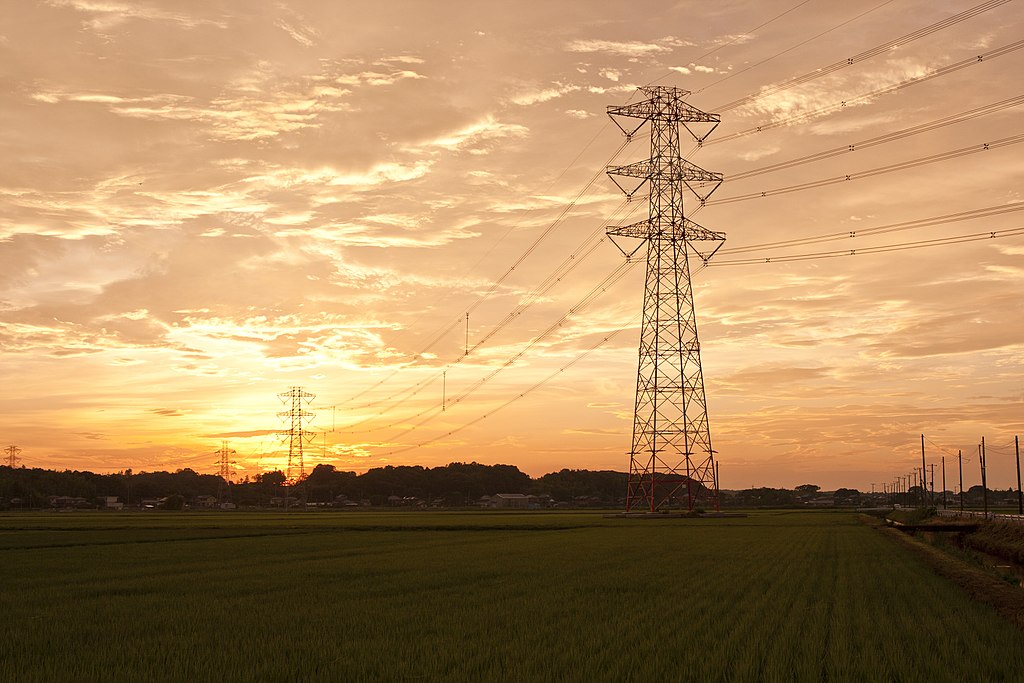The full liberalization of the electricity market in 2016 was one of Japan’s most significant developments of the past decade. That process has allowed a wide variety of new players to enter the market, including firms from the oil, telecommunications and other sectors.
Many of the new entrants believed they could compete and profit by buying electricity and reselling it at prices lower than those offered by Japan’s 10 major power utilities collectively known as the EPCOs. Seven years later, however, the logic of the new players’ business model – and by extension the liberalization itself – is being questioned by some in the industry and the media. After all, current results differ from the picture painted by officials prior to 2016.
The main question was and remains: Where can companies that don’t generate electricity acquire electricity to sell? New players, often referred to as shin denryoku (“new power companies”) who do not have enough of their own power generation capacity to cover the needs of their customers largely depend on buying power directly from generators or on the wholesale market. For the former, new players need to offer better terms than those that the generators can secure themselves. Meanwhile, the latter option is limited by the volume that the power generation companies are willing to feed to the market.
For a while, during a period of declining electricity prices, the EPCOs found it profitable to sell some output on the wholesale market. In the last two years, the price trend has reversed and grown more volatile while a growing capacity crunch has made power generators cautious about sharing volumes.

